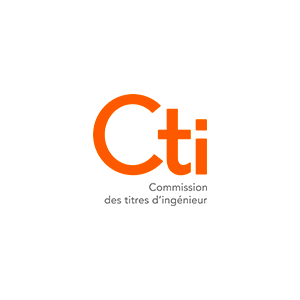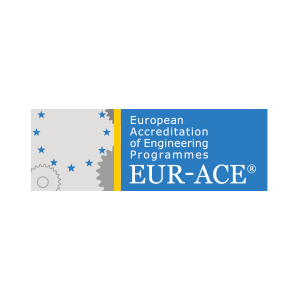Part 1: Fundamentals of Materials Physics
Presentation of quantum mechanics concepts underlying the electronic structures of the atom.
Introduction to chemical bonding and the organization of matter.
Study of crystalline structures.
Understanding band diagrams to distinguish insulators, semiconductors, and metals, as well as the concept of density of states within a material.
Review of elementary statistical physics to explain how to modify charge densities in a semiconductor material through doping.
Part 2: Doping and PN Junction
Understanding different types of semiconductor doping.
Construction of a simple component like the PN junction, introducing band diagrams of these structures at thermodynamic equilibrium and non-equilibrium (under bias or illumination).
Study of charge carrier diffusion laws to establish the laws governing current levels observed in PN junctions under bias.
Part 3: Bipolar Transistors
Understanding the operation of the PN junction and its integration within a bipolar transistor.
Explanation of various physical properties of bipolar transistors, particularly their role as amplifiers.
Highlighting the links between the electronic properties of components and physical phenomena, such as the current gain parameters Alpha and Beta of bipolar transistors.
Part 4: CMOS Technologies
Emphasizing the physical links between materials and the electronic operation of MOS capacitors, MOS transistors, and their integration through CMOS technologies.
This course aims to provide students with the fundamental knowledge and practical skills necessary to understand and apply the principles of materials physics and components in information technologies.
Part 5: Practical Work
As part of our module on semiconductor materials and their characterization, you will have the opportunity to participate in 7 hours of practical work in a cleanroom at AIME. These sessions will allow you to implement the knowledge acquired in lectures and tutorials. During these practical sessions, students will construct and electrically characterize photovoltaic cells following the Lumelec procedure developed at AIME. For more details, the Lumelec manual for this practical work is available at the following link: https://www.aime-toulouse.fr/wp-content/uploads/2024/04/FasciculeLumelec_EN_2024-2.pdf
These practical sessions are an excellent opportunity to enhance your technical skills and understand the practical applications of the theoretical concepts covered in the course.













